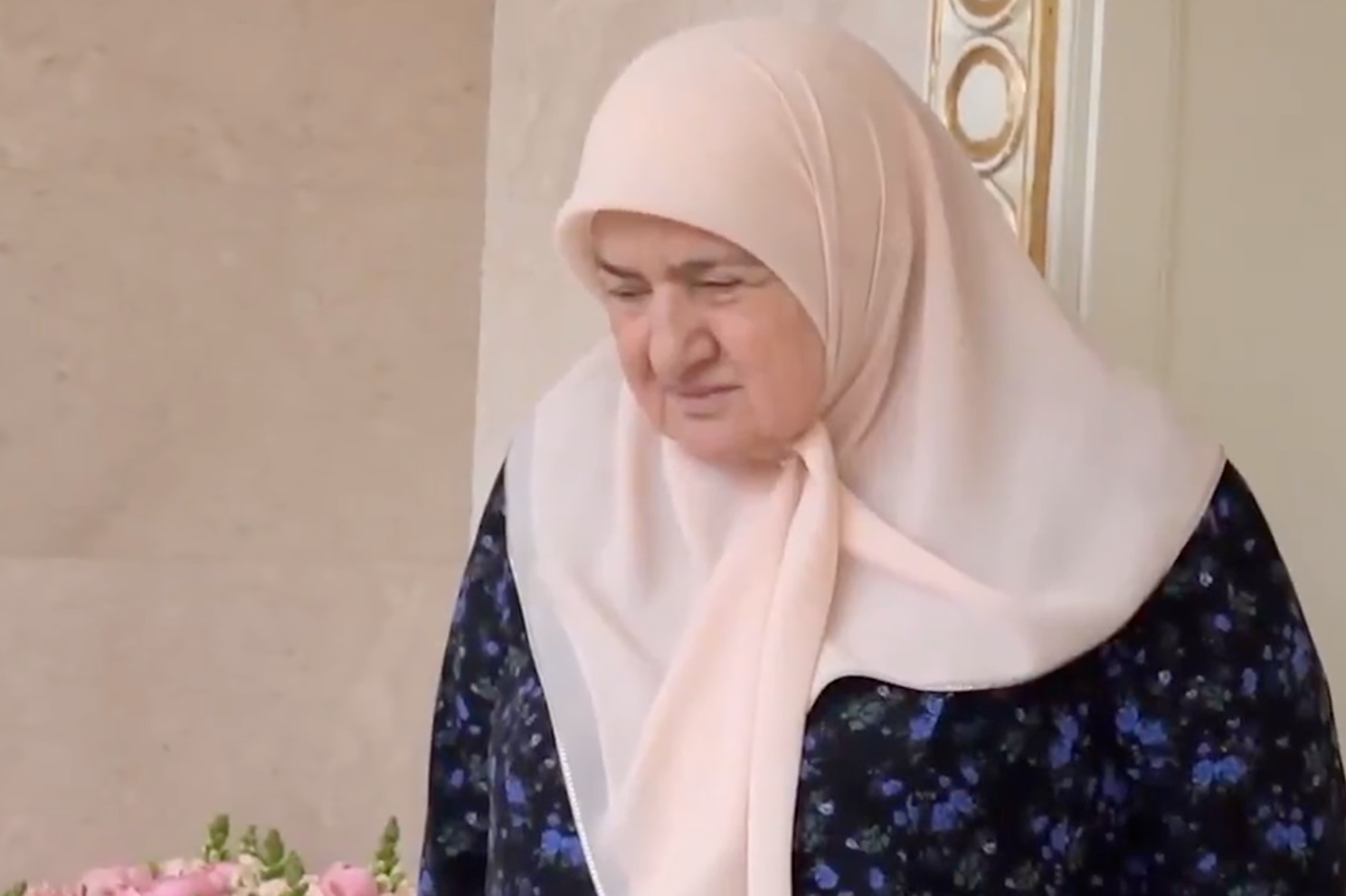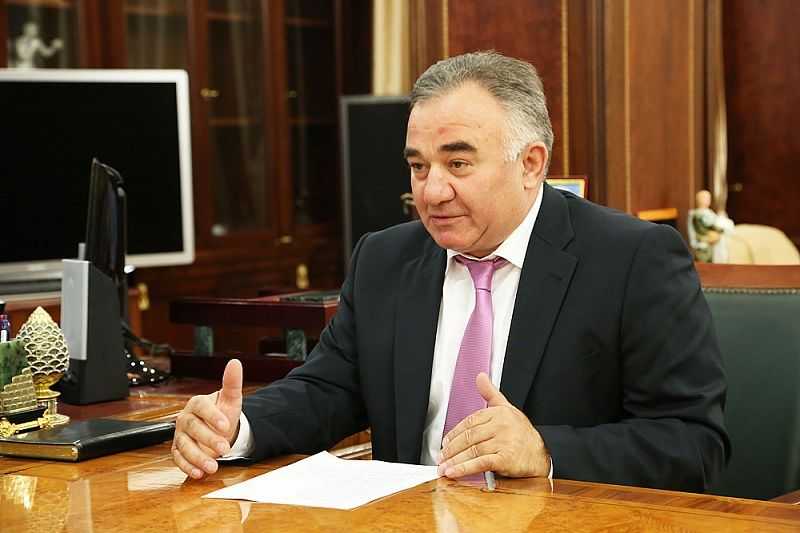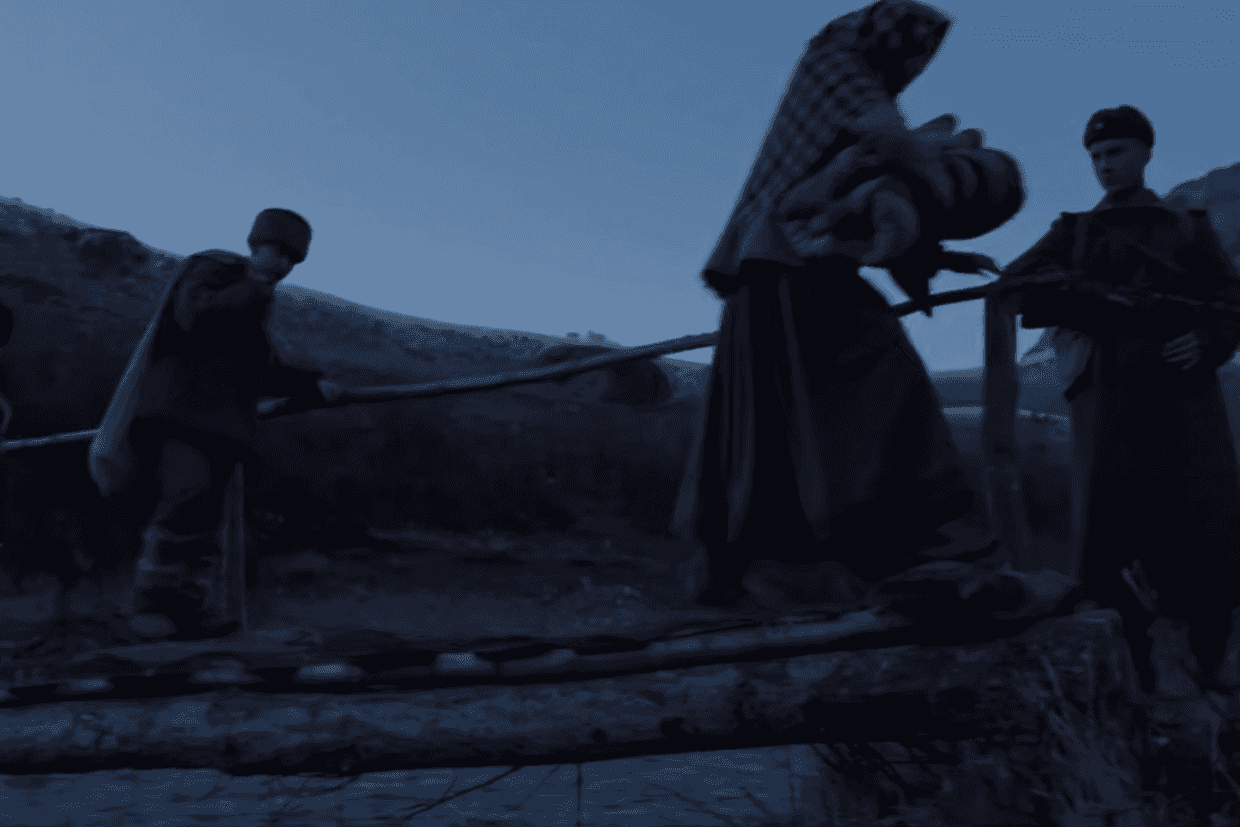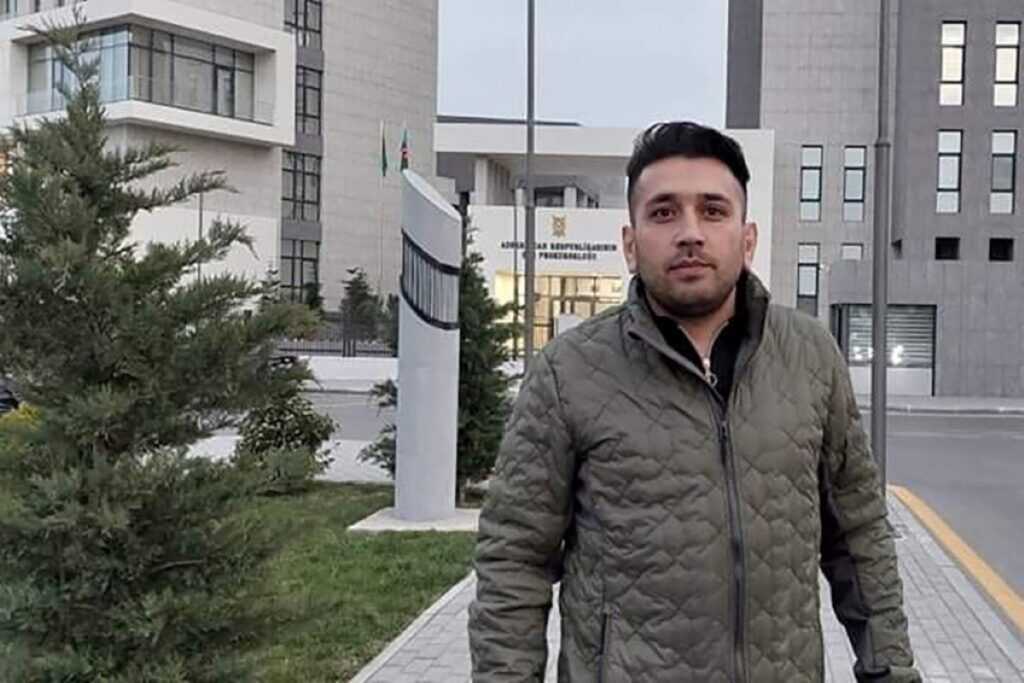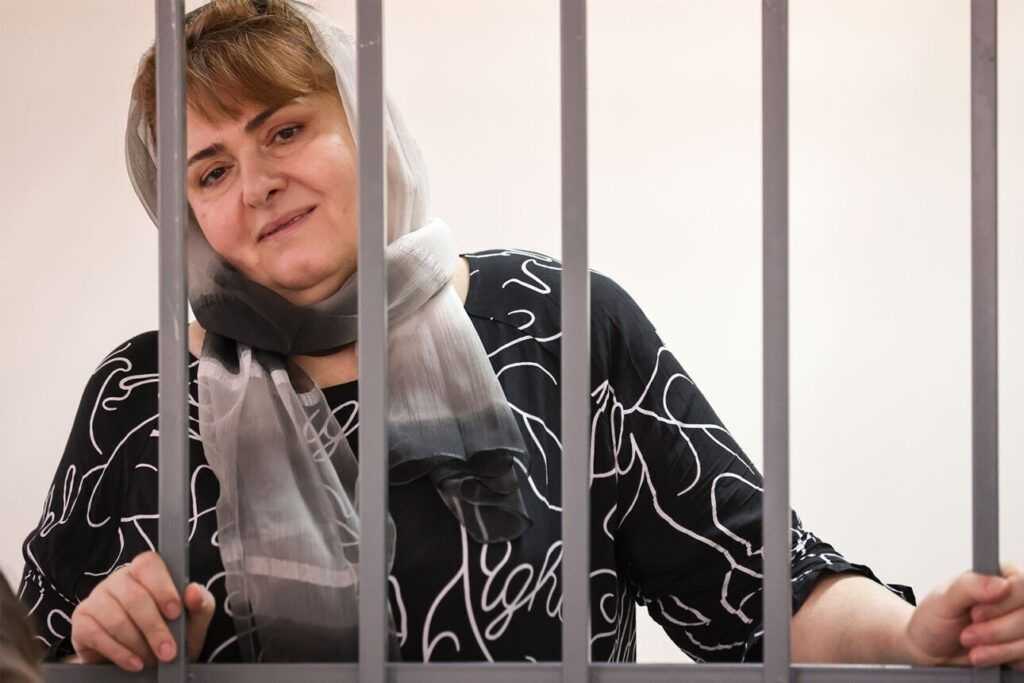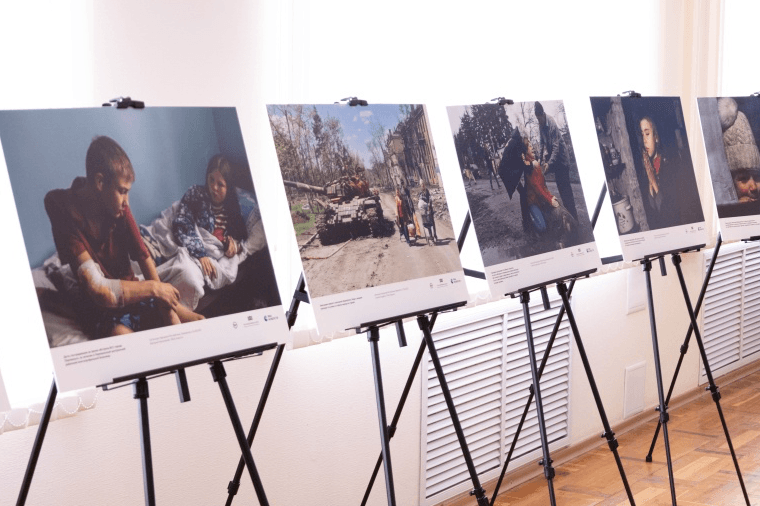
Ingushetia’s Parliament has opened a photo exhibition chronicling the ‘terror of the Ukrainian neo-Nazi regime’ in Russian-occupied eastern Ukraine.
The exhibition opened on Thursday morning.
The travelling photo exhibition was first presented on 1 July in the Russian Parliament, where the opening was attended by Parliamentary Speaker Vyacheslav Volodin. The exhibition was prepared jointly by the Russian Parliament and the state news agency RIA Novosti, whose correspondents provided the photographs.
According to Volodin, viewing the exhibition is ‘important for foreign colleagues and representatives of different political forces’.
‘We cannot remain silent about the crimes whose victims are civilians whose relatives were killed, whose homes were destroyed, and whose lives were broken. The world must know about the atrocities of the Nazi Kyiv regime,’ an introduction to the exhibition reads.
Throughout the course of Russia’s full-scale invasion of Ukraine, Russia has repeatedly targeted civilians and civilian infrastructure, in addition to summarily executing Ukrainian prisoners of war, and abducting upwards of 20,000 Ukrainian children to Russia.
On the day of the exhibition’s opening, Ukrainian authorities reported that Russian attacks killed at least 24 civilians and injured at least 62 others over the past 24 hours. The attacks have also caused severe damage to critical infrastructure, leaving over 60 towns and villages without power, according to independent news outlet Kyiv Independent.
In mid-August, the UN Human Rights Monitoring Mission in Ukraine reported that since the start of Russia’s full-scale invasion, at least 13,580 civilians, including 716 children, have been killed and 34,115 civilians, including 2,173 children, have been injured.
According to the Russian Parliament’s website, the photographs depict the aftermath of shelling and violence suffered by civilians in the Russian–occupied regions of Donetsk and Luhansk, as well as in Zaporizhzhia and Kherson, and Russian border areas including Kursk, Belgorod, and Bryansk.
The exhibition includes around 50 photographs showing elderly people and children who lost their homes as well as images of destroyed hospitals, kindergartens, and churches. A separate section is dedicated to children who were killed in the shelling, accompanied, according to the organisers, by detailed historical notes indicating the deceased’s names and their time and place of death.
An online version of the exhibition is available on the Russian Parliament’s website and on its official channels on Telegram, VKontakte, and Odnoklassniki.
In January 2024, the Russian-installed authorities of Donetsk reported that more than 9,000 civilians had been killed in Donbas as a result of the conflict, including 233 children. According to the Joint Centre for Control and Coordination on issues related to Ukraine’s alleged war crimes, between Russia’s full-scale invasion of Ukraine on 17 February 2022 and January 2024, 4,778 civilians in Donbas had been killed, including 142 children.
‘Since 2014, as a result of shelling by the Ukrainian Armed Forces, 13,540 civilians [in Donbas] have been injured, including 842 children,’ the body reported.
Since the beginning of the invasion, at least 170 natives of Ingushetia serving in various units of the Russian Armed Forces have been killed, with some of their identities still not established. However, the actual number of dead is likely to be significantly higher.
Since January 2024, residents of Ingushetia have filed 126 reports of missing soldiers. Almost half of these cases concern men under the age of 30. Among the reports that specified the place of disappearance, most relate to Severodonetsk district in Luhansk and Russia’s Kursk region.
The independent Ingush media outlet Fortanga has also identified more than 60 soldiers from the republic who, by early March, were listed as missing in action or as having deserted from their units or places of service.
